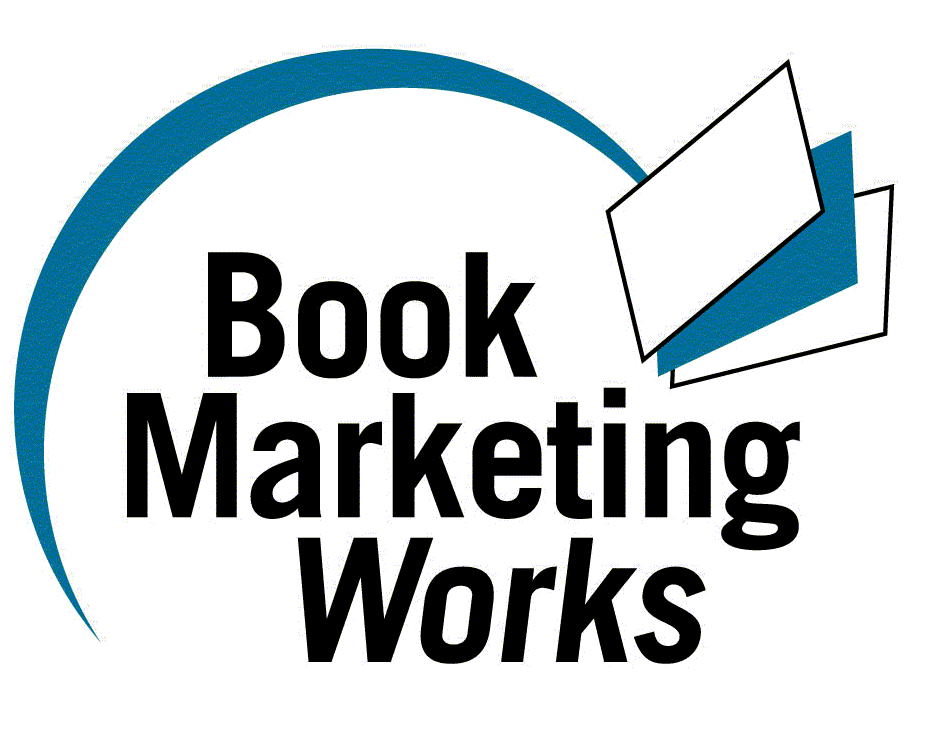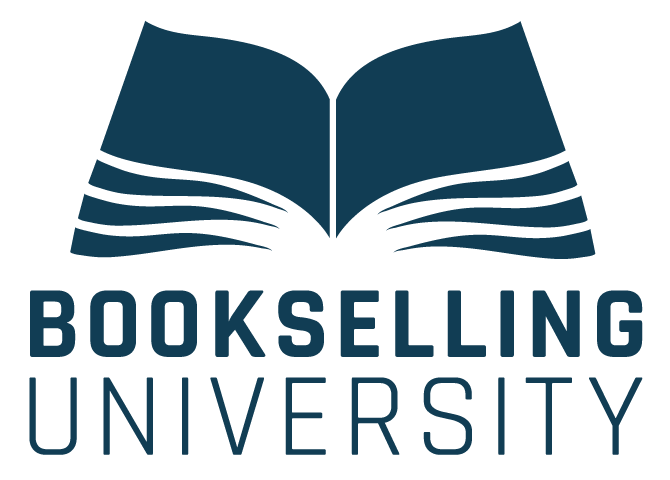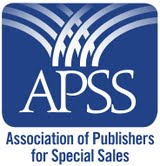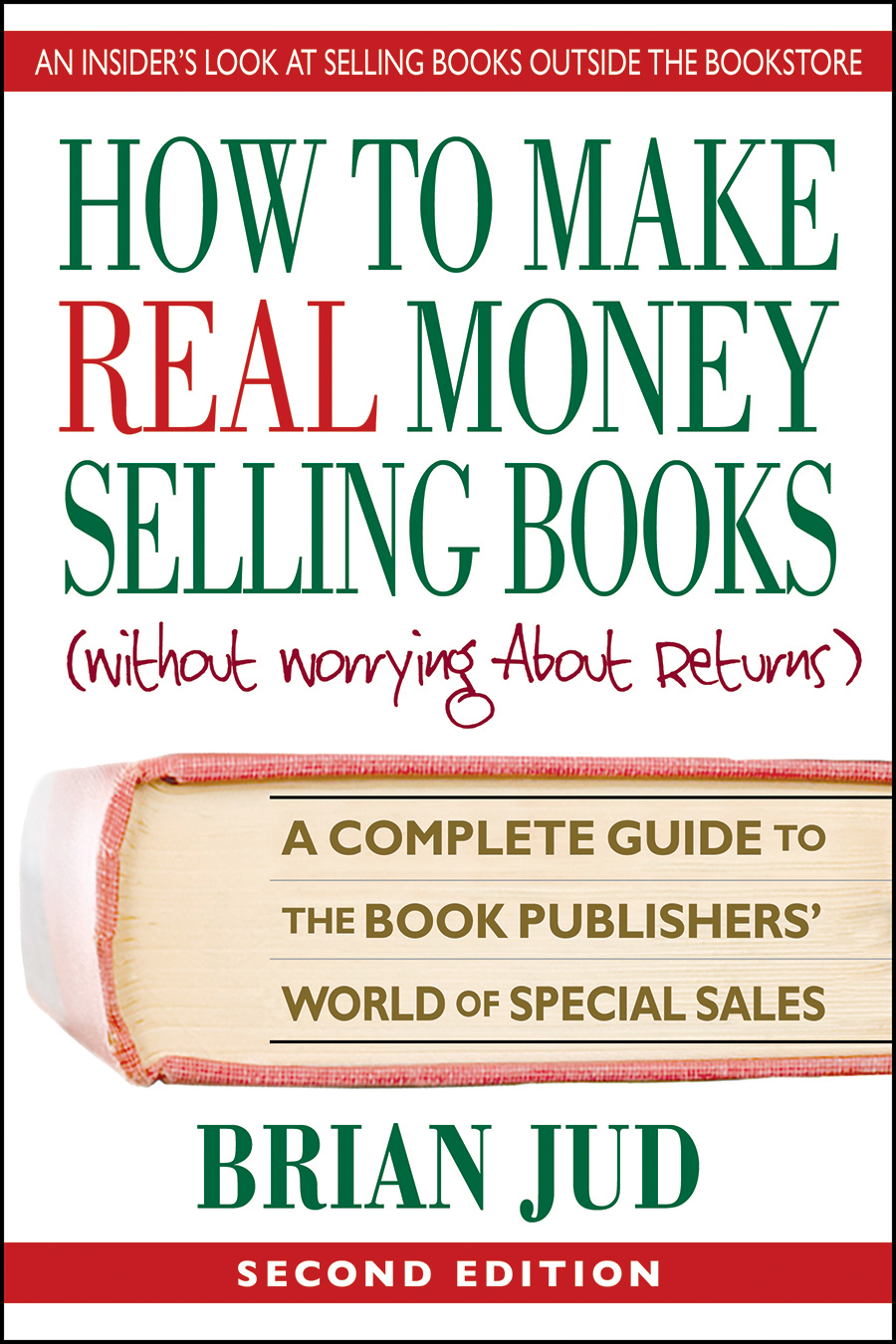|
The Price
is Right? Pricing your book properly may be
the most important decision you will make as an independent
publisher. The price you choose will determine your sales, profits
and opportunities for long-term growth. At the same time it has
psychological connotations, creating an image of relative quality
and worth. If your price is too low, people may perceive your book
as not capable of providing the value they need. If it is too high
it may be perceived as not worth the money you are asking for it,
especially if there are similar competitive books from which to
choose. Price shopping is an easy task when the available
alternatives are next to each other on a book shelf.
Pinnacle pricing The impact pinnacle pricing has upon sales is demonstrated in
Figure 1. This shows that sales will increase as the price increases
to the point where the money asked is greater than the
perceived value. Then sales will plummet. Your objective should be
to determine and maintain a price at point "A," the peak
level of sales. A lower or higher price will have a negative impact
on revenue. Figure 1 Pricing strategies There are four basic pricing strategies: market, penetration, skimming
and competitive. A market pricing strategy considers competitors.
prices, distribution discounts and promotional expenses
to determine your book. s list price. A strategy using
penetration pricing would create a low price to increase sales by
attracting price-conscious buyers. A skimming strategy would place
your price at the high end of the continuum, most likely in a
noncompetitive market. Here the strategist is seeking quick profits
before competitive books arrive on the shelf. Finally, if you are
already in a competitive arena, with similar books available on your
topic, you might choose a price equal to that of your adversaries. Your task is to choose the strategy that will maximize your
profitability given your individual circumstances and objectives.
But before you decide which strategy you will choose several steps
are necessary. First, determine your direct costs. Figure 2 shows
the direct costs for producing a book with an initial print run of
3000 copies. Each has 200 pages, a two-color cover, a
black-and-white interior and no photographs. The marketing budget is
$1 per book. Some people advocate a
promotional budget of $1 per book. This is not the optimum way to
determine a budget because it makes promotion a consequence rather
than a determinant of sales. Instead, calculate the tasks required
to reach your sales forecast and determine how much it will cost to
implement them
Market pricing The easy way to price your book is to use the generally accepted
formula of multiplying your unit printing cost by seven to
determine your list price. For example, if the printing outlay is
$5800 for 3000 books, the unit cost would be $1.93. Multiplying this
by seven yields a list price of approximately $13.51. Studies have proved that books with prices ending in odd numbers
sell more than books ending in even numbers. In addition, prices
ending in 9 are the most popular, and prices ending in 5
are the second most popular. With this in mind you might price your
book at $13.49. If you market through a distributor charging 70% for its
services, you would net $4.05 per book sold. This apparently covers
your printing costs ($1.93) and yields a gross profit of $2.12 per
book ($4.05 - $1.93). This formula appears to work when your print
runs are long enough to generate a low unit cost. But even with a
long print run it is best not to use an "X times
cost" pricing formula because it is more likely to lead to lost
profits than increased sales. Operating a successful business requires that you generate a
profit after covering all your costs, not only your printing
expenses. Total costs include your production costs which are made
up of printing in addition to editing, layout and cover design. You
also need to cover your marketing investment which includes
distribution discounts as well as promotional expenditures. Step One: Calculate your total direct unit costs. In Figure 2 the total costs for producing your
book is calculated to be $11,900. If you print 3000 copies
your total direct costs per book are $3.97. The
"7-times-printing cost" formula would net $ .08 per sale
($4.05 - $3.97), hardly enough to make it all worthwhile. You might decide to simply multiply your printing cost by eight
instead of seven. However, this would still not cover
your total costs and give you the desired profit. In fact, you would
have to multiply your unit printing cost by almost eleven to
provide an acceptable profit if your other costs were in
line. Formula for pricing success Instead of using an X-times-cost solution to your pricing
dilemma, use a formula that covers all your costs and provides a
suitable profit: Price = (Direct Unit Cost x Distribution Multiplier ) + Profit
Factor Step Two: Determine the distribution multiplier. If you plan to market through the traditional
distributor: wholesaler: retailer channel, your price must
accommodate the maximum discount. In Figure 3, locate that
discount in the left-hand column. Then go to the right-hand
column to find the corresponding figure by which you will
multiply your direct costs. Figure 3 Discount Multiplier 20% 1.25 40% 1.67 45% 1.82 55% 2.22 60% 2.50 67% 3.03 70% 3.33 Step Three: Compute your profits. Once your desired profit
becomes part of the total price it, too, is affected by the
distribution discounts. Therefore, instead of adding the actual
amount of desired profit, calculate and add the applicable profit factor to your total costs to make
sure you receive the correct amount after your list price is
discounted. As shown in Figure 4, if you desire a profit of
$2.00 per book you would have to add $6.66 in order to net
$2.00 after calculating the distribution discounts. Figure 4 Profit Desired Factor( $ 1.00 $3.33 $ 2.00 $6.66
If you have direct costs of $3.97, market through a distributor (70% discount) and desire a profit of $2.00 per book, you could calculate your retail price this way: Price = (Direct Unit Cost x Distribution Multiplier ) + Profit Factor = ($3.97 x 3.33) + $6.66 = $13.22 + $6.66 = $19.88
Since prices ending in 9 are best, you could price your book at $19.99. If your distributor takes 70% ($13.99) for its services, you receive a gross unit revenue of $6.00 which covers your costs for producing the book ($3.97) and the desired profit ($2.03). Impact on marketing strategy If you can not sell your book competitively for $19.99, you have to apply strategic thinking and consider alternative approaches. For example, you could bypass the distribution network and market directly to prospective customers. However, your marketing costs will be greater since you have to perform many of the functions of a distributor, such as creating a catalog and personal selling. If 40% is sufficient to cover these increased expenses, you could lower your price to $12.69 and still maintain profitability:
But what if this is not an option and you are forced to market through the traditional channels? Then you must again manipulate your marketing strategy. For instance, you could reduce your profit requirement or print more books to lower your unit printing costs. Do not attempt to lower your direct costs by eliminating editing or opting for a less expensive graphic treatment or cover design. These will result in false economies if your completed book is rife with typographical errors and your cover design is not attractive.
Skimming and penetration pricing You might conclude that all this is too much work and simply decide upon a low price to attract more customers, making up lost revenue with increased volume. But a quick analysis demonstrates that you might have to sell more than you think to make this a viable strategy. Figure 6 displays a comparison between a book introduced with a skimming strategy and one released with a penetration strategy. Book A has a list price 48% higher than Book B. With equal distribution discounts and identical fixed costs, the skimming strategy yields a gross profit per book that is 623% greater than Book B. And you would have to sell less than one-sixth as many books per $1000 in profit.
It now appears to be an easy decision since you can make more money by selling fewer books with a higher price. But as was shown in Figure 1 a higher price does not always result in greater gross revenue. Competitive pressures usually demand some concession in price. But to what extent? Do you just split the difference and see what happens? Probability analysis Prudent marketing requires you to apply intuitive measures to derive your ultimate price. Given a competitive market and easy access to price comparisons (such as books next to each other on a shelf) you will probably sell fewer books if your price is significantly above competitive prices without offering sufficient value in return. And you may sell more books with a lower price, provided it is not so low that potential customers begin to question its quality. Do you choose a skimming policy with greater margins and accept lower sales or do you set a lower price, perhaps generating similar profits with increased sales? Figure 7 will help you make that decision. If you determine your potential market to be 10,000 books, the price shown in column B will result in the gross revenue shown in column C. If you market through a wholesaler, you receive 45% of the gross revenue as is depicted in column D. When the discount and production costs ($3.97) are deducted, your net profit is shown in column F. However, the higher your price, the less likely it is you will sell 10,000 books. In this case you determined the probability of selling 10,000 books at $19.99 is 30%. Although your chances of selling more books increase as the price is reduced, column H points out that your most likely revenue is not maximized at the highest price. In fact, the greatest probable revenue is generated with a list price of $15.99. This is how you determine Point A in Figure 1.
These techniques demonstrate the impact of marketing strategy on your pricing decisions. The numbers will change with changes in your marketing strategy if you sell more books directly to niche or special markets, bypassing the distribution discounts. And if you ship in larger quantities or bill for shipping and handling, your calculations will be different. You can also reduce your production costs by eliminating costly graphic elements. And your unit costs will decrease with subsequent printings if you allocate all costs for layout, editing and cover design to your initial printing. Beware the simplicity of any "X Times Cost" formula. Instead, use the proper multipliers to account for all your costs, apply probability analysis and strategic thinking, and you are more likely to set the proper price for your book and maximize your profit. | ||||||||||||||||||||||||||||||||||||||||||||||||||||||||||||||||||||||||||||||||||||||||||||||||||||||||||||||||||||||||||||||||||||||||||||||||
Check out these testimonials...






